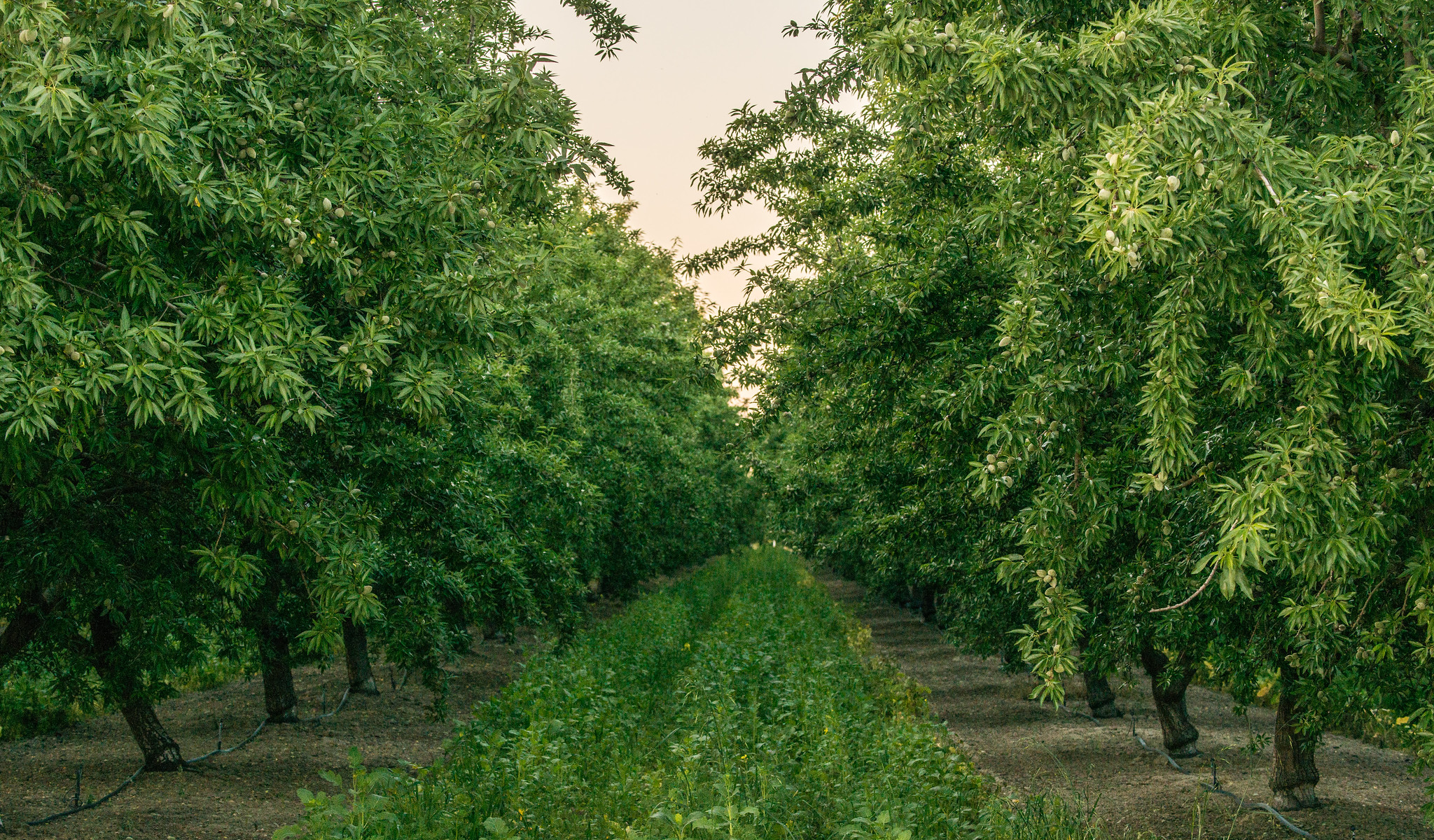Management Actions
 As working lands continue to respond to the pressures of a changing climate, individuals and organizations tasked with managing these systems will benefit from reexamining their priorities, objectives, and tactics. Some land managers may ultimately decide not to make any near-term changes in priorities or tactics, even after considering climate pressures on the lands they manage. Others may choose to accommodate change even as they attempt to ensure continued value from the lands in question. In other words, as forests, rangelands, and other systems adapt naturally, organizations need to decide if they intend to play a role in adaptation through land management and how to play that role most effectively. This is easier said than done, of course, as land managers struggle to keep up with “traditional” challenges, not to mention the daunting complexities of climate change.
As working lands continue to respond to the pressures of a changing climate, individuals and organizations tasked with managing these systems will benefit from reexamining their priorities, objectives, and tactics. Some land managers may ultimately decide not to make any near-term changes in priorities or tactics, even after considering climate pressures on the lands they manage. Others may choose to accommodate change even as they attempt to ensure continued value from the lands in question. In other words, as forests, rangelands, and other systems adapt naturally, organizations need to decide if they intend to play a role in adaptation through land management and how to play that role most effectively. This is easier said than done, of course, as land managers struggle to keep up with “traditional” challenges, not to mention the daunting complexities of climate change.










